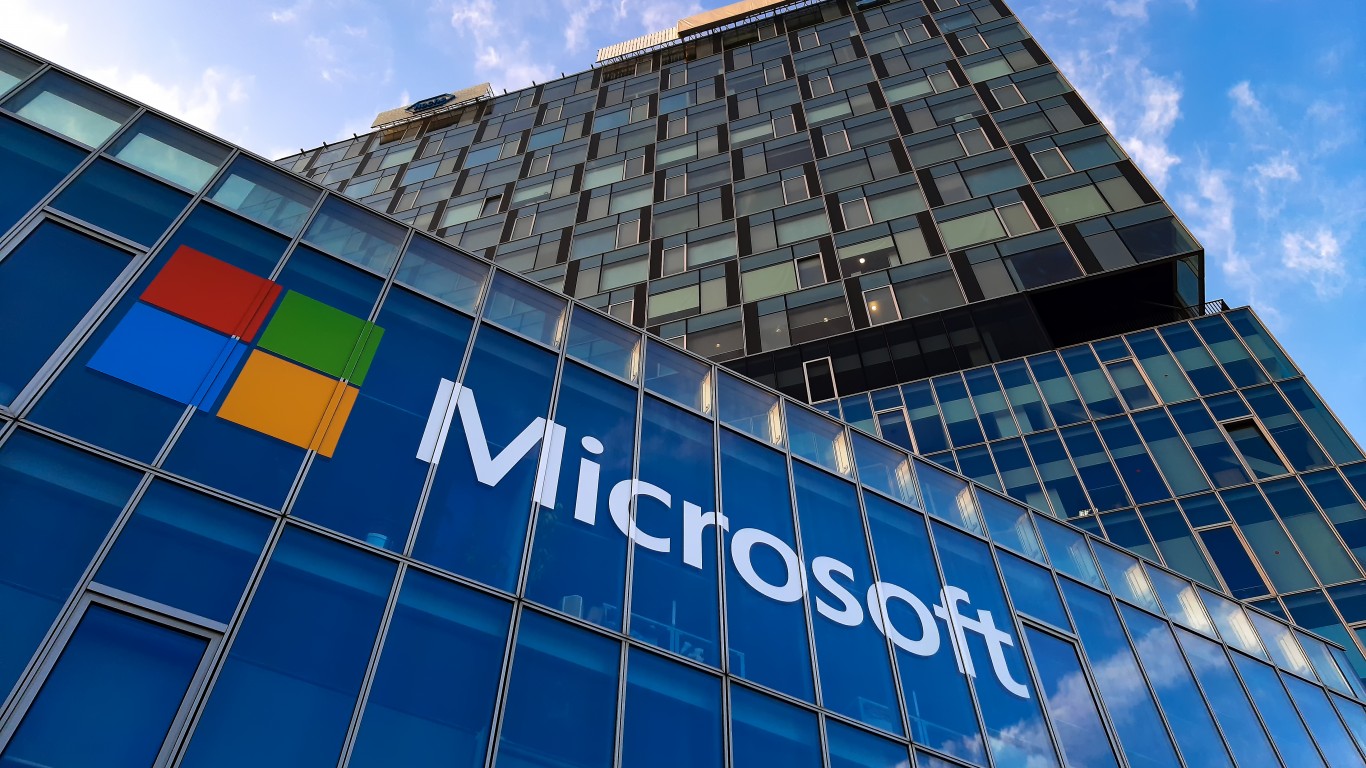Investing
Before the Bell: First Republic Recovers a Little; Tech Megacaps Jockey for Position

Published:

Premarket action on Tuesday had the three major U.S. indexes trading higher. The Dow Jones industrials were up 0.82%, the S&P 500 up 0.66% and the Nasdaq 0.33% higher.
All 11 market sectors closed higher on Monday. Energy (2.11%) and materials (2.01%) rose the most. Technology (0.23%) and consumer cyclicals (0.39%) posted the day’s smallest gains. The Dow closed up 1.2%, the S&P 500 up 0.89% and the Nasdaq up 0.39% on Monday.
Two-year Treasuries rose by 11 basis points to end the day at 3.92%, and 10-year notes added eight basis points to close at 3.47%. In Tuesday’s premarket, two-year notes were trading at around 4.05% and 10-year notes at about 3.54%.
Monday’s trading volume was below the five-day average. New York Stock Exchange losers outpaced winners by 1,858 to 1,190, while Nasdaq advancers led decliners by just 82 issues.
NRG Energy Inc. (NYSE: NRG) rose 6.83% to lead the S&P 500 winners, due in part to a rating boost from Neutral to Buy at BofA Securities following the closing of the Texas utility’s acquisition of solar installer Vivint earlier this month.
To nearly no one’s surprise, First Republic Bank (NYSE: FRC) posted Monday’s biggest drop, plunging 47.11%. The $30 billion bailout by a group of 11 banks was not believed to be sufficient to save the bank. JPMorgan CEO Jamie Dimon has proposed a plan that will convert the $30 billion that was booked as deposits at First Republic to an investment in the bank. That would demonstrate faith in First Republic’s capability to recover from the stock’s all-time low posted Monday. It may be working. First Republic’s stock traded up more than 20% early in Tuesday’s premarket but then gave nearly half of that back.
The National Association of Realtors will release its report on existing home sales for February after markets open. Economists have estimated a seasonally adjusted annual rate of 4.08 million, up from 4.00 million in January.
The Federal Reserve’s FOMC meeting begins Tuesday, culminating tomorrow with an announcement of its decision on whether to raise interest rates again. The turmoil in the global banking sector had raised hopes that the Fed would pause its rate hikes. But Monday’s trading action in Treasuries indicates that investors are expecting a quarter-point rise in rates to a new range of 4.75% to 5.00%.
Meta Platforms Inc. (NASDAQ: META) has spent billions on its metaverse initiative and has not much to show for it. Investors hammered the stock last year, and the company essentially has buried the last shiny object for a new one. That would be artificial intelligence, of course.
Late last month CEO Mark Zuckerberg said the company would put together a “new top-level” group focused on generative AI. And while Zuckerberg wrote about how the company’s efforts will “help people in a variety of ways,” the main beneficiary is more likely to be Meta’s advertisers and Meta itself.
The company’s Meta Advantage+ suite of ad tools was launched last year, and its AI capability has become popular with advertisers because it does what advertising is supposed to do — sell stuff. According to Adam Levy at Motley Fool, Advantage+ shopping campaigns have produced a 32% increase in return on ad spending.
That is huge. More important for Meta, it is also a major differentiator from its competitors. The AI-based tools in Advantage+ have even persuaded some advertisers to give the tools and Meta more control over ad targeting, placement and creative content. According to Levy, “Meta’s ability to generate better returns on ad spending than its rivals will help it win back share of the digital advertising market and return to revenue growth.”
Microsoft Corp. (NASDAQ: MSFT) reportedly is looking to repeat the success ChatGPT has had against Alphabet in search by taking on Apple and the App Store.
In a Sunday interview with the Financial Times, Microsoft’s head of gaming, Phil Spencer, said the company wants to be “in a position to offer Xbox and content from both us and our third-party partners across any screen where somebody would want to play.” To that end, Microsoft is about to launch a new app store for iPhones and Android phones as soon as its proposed $75 billion acquisition of Activision Blizzard is completed. That deal is not done yet, but anything that the European Union or U.S. regulators do to chip away at the dominance of Apple and Google is a good thing for Microsoft.
After two decades of reviewing financial products I haven’t seen anything like this. Credit card companies are at war, handing out free rewards and benefits to win the best customers.
A good cash back card can be worth thousands of dollars a year in free money, not to mention other perks like travel, insurance, and access to fancy lounges.
Our top pick today pays up to 5% cash back, a $200 bonus on top, and $0 annual fee. Click here to apply before they stop offering rewards this generous.
Flywheel Publishing has partnered with CardRatings for our coverage of credit card products. Flywheel Publishing and CardRatings may receive a commission from card issuers.
Thank you for reading! Have some feedback for us?
Contact the 24/7 Wall St. editorial team.